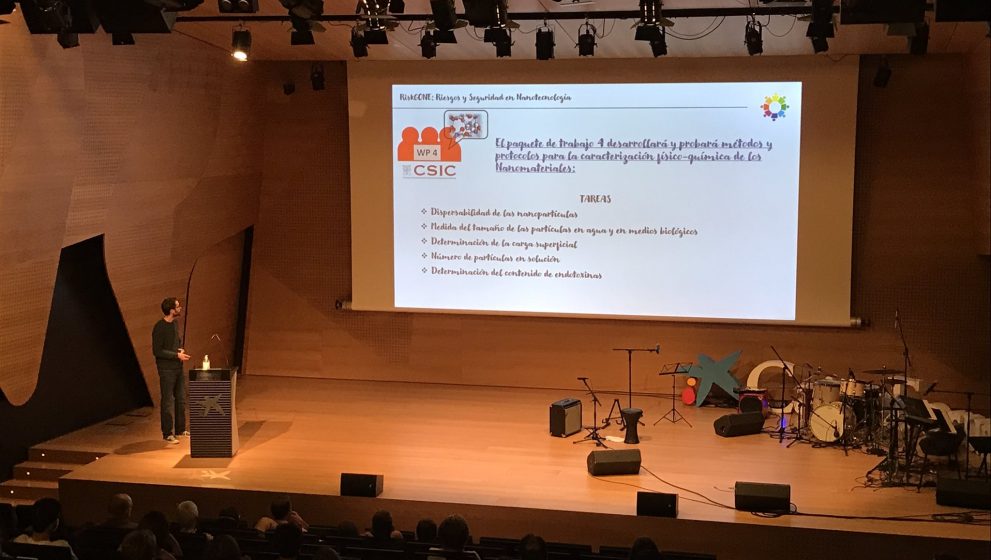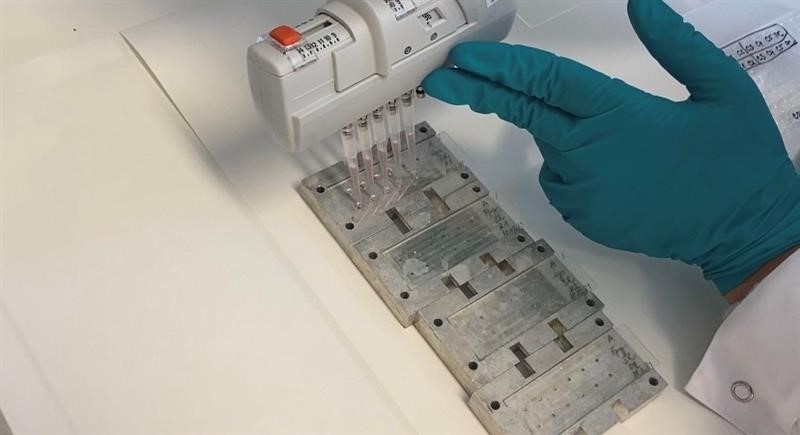Watch RiskGONE partner presenting in European Researchers Night – Video
The European Researchers’ Night is a Europe-wide public event, that aims at displaying the diversity of science and its impact on citizens’ daily lives. This year, the event took place on Friday 24 September. Spread out across 29 countries, the vent brought European researchers together in several activities and events to promote research projects across Europe and shorten the gap between research and the general public.
RiskGONE partners participated in some of these events. In particular, CSIC was part of the programme in the Spanish city of Zaragoza, presenting a talk with the title ‘RiskGONE: Riesgos y Seguridad en Nanotecnología’ (RiskGONE: Risks and Safety in Nanotechnology), under the guise of the question ‘Are there any risks associated with the use of nanomaterials?’.
The talk explored the unexpectedly common presence of nanomaterials and their high impact on society, considering the physical characteristics of nanomaterials, such as particle size, their chemical nature, among others, influence their compatibility with organisms, their biodegradability, their accumulation and their toxic effects.
Additionally, the talk discussed RiskGone as a European project, made up of academic and scientific organizations, that proposes to evaluate the possible toxicological risks involved in the use of nanomaterials in order to subsequently work with governments to achieve legislation on the production, safety, use, containment and disposal of nanomaterials.
Watch the full recording of the presentation below!



